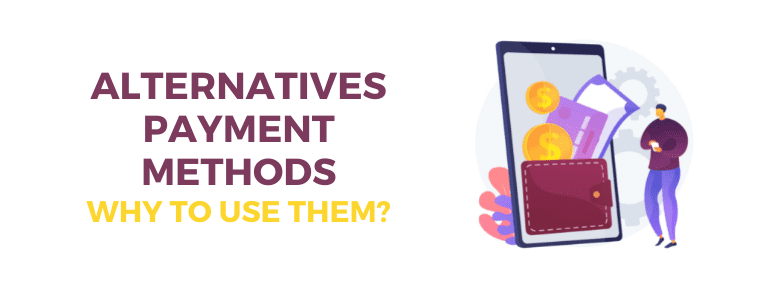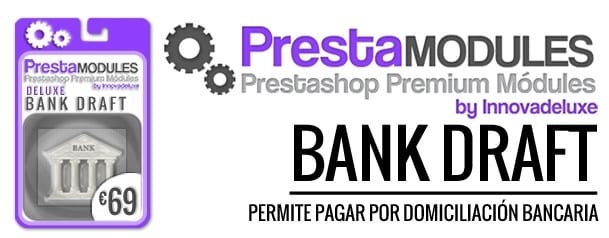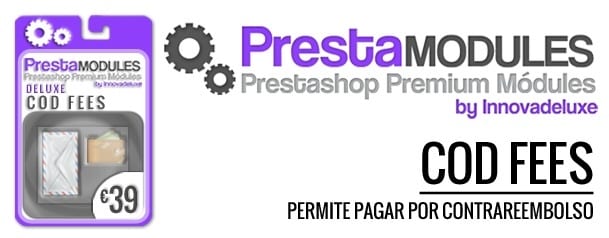There are still countries ir specific targets (by age, mostly) who, in these days, are still afraid to buy on the internet, especially when it comes to giving their bank or economic data, or simply their credit card number. They fear that someone (“a hacker”) can get those data, and empty their bank account. For lack of knowledge on how the system works, for lack of need, or simply out of pure distrust on ecommerce, the thing is that many potential customers can be lost for this reason.
There are studies that indicate that this trend will disappear almost entirely with time, but until then, the only way we have to combat it is through alternative payment modules: Direct debit and cash on delivery.
The cash on delivery payment consists on paying the cost of the purchased product, with its surcharges (for delivery and for choosing this means of payment) directly to the person who delivers it to our home (the carrier), generally in cash (coins and banknotes).
In order to be able to make a payment on delivery it is necessary:
- That there is something physical to deliver to the customer’s home. If we talk, for example, about a service, this form of payment could not be given.
- That the buyer and the seller’s representative (the carrier) are present at the time of delivery of the product.
- Cash is available. If at the time of delivery, the online consumer buyer doesn’t have coins or banknotes, the carrier cannot deliver the product.
- To pay for the entire online order, which will include the cost of the purchased good including VAT, the cost of delivery to the carrier’s home and the cost of the cash on delivery method.
The main advantage of cash on delivery for online purchases is that there’s no risk for the buyer, as he/she can open the goods at home, check that they correspond to what was ordered and, only then, pay the amount in cash. We give the customer maximum confidence although with the risk that, if for whatever reason, we’re not able to find the customer, we lose the money from the sale and shipping.
Another payment method that generates confidence in these users fearful of the Internet is the bank transfer. Either they make through the internet or they to their nearest branch and makes a deposit directly into our account. Once the payment is received, we proceed to the shipment. It’s the safest method in every way, because the user makes the payment to an entity that will respond in case of problems, keeps their data safe and the seller doesn’t put at risk any kind of cost, since nothing is done until payment is received.
So, the best thing you can do in an online store, is to have two payment modules that allow you to do just this: Charge by cash on delivery or bank transfer.
For a minimal cost, you make sure you don’t lose customers by obsolete distrust.
Related Posts












Deja un comentario